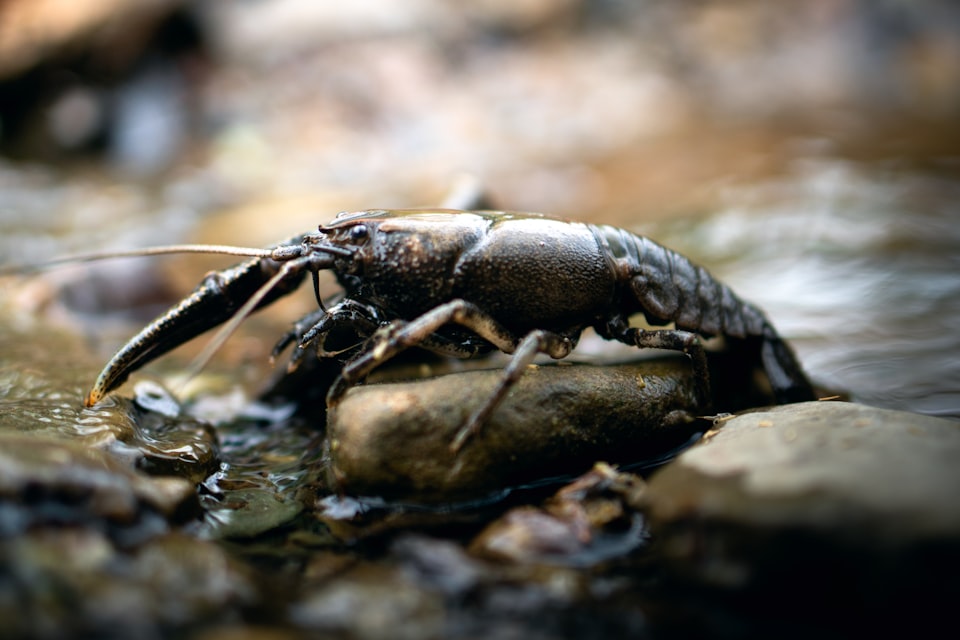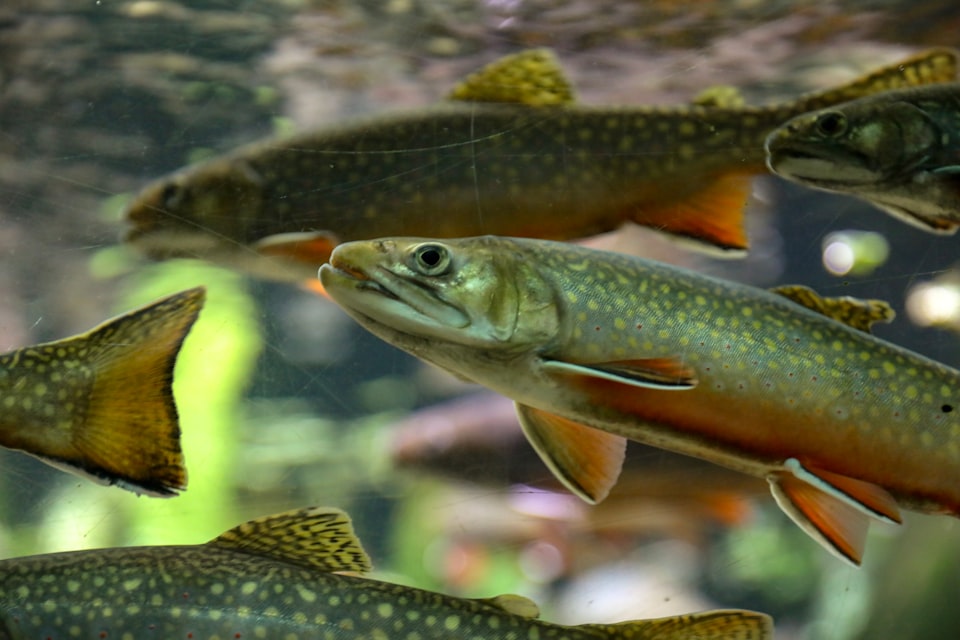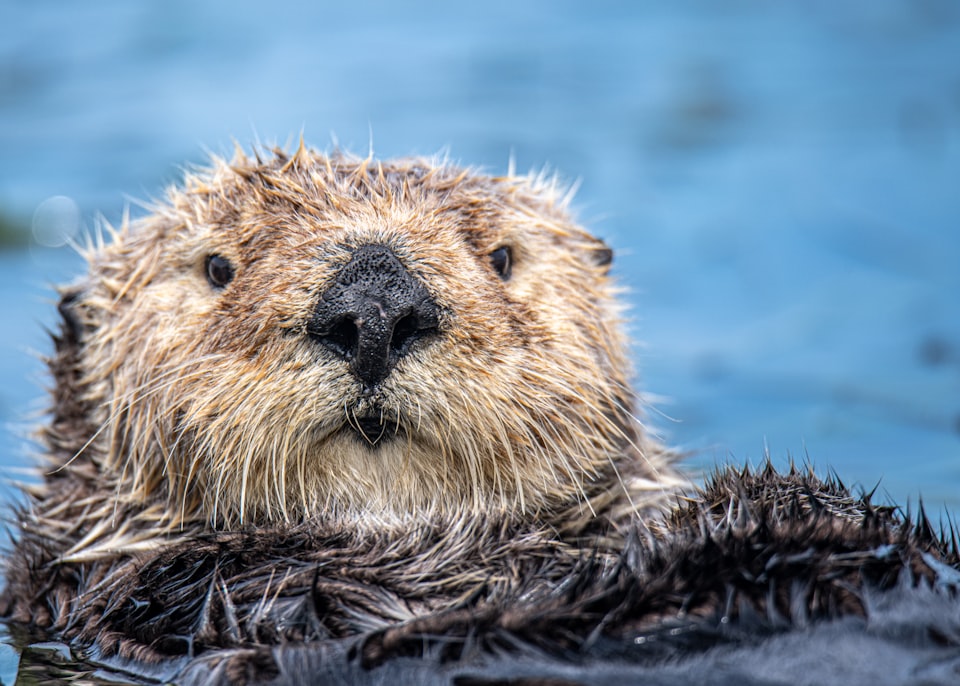V: Cow
A detailed journey through the stomachs.

Good morning. Today is quintidi, the 15th of Pluviôse, Year CCXXXI. We celebrate la vache, humanity's favorite provider of all things dairy.
If you want to find alien life, just go to the farm.
For example, cows breathe food. Well, all ruminants do, so this could be equally said of goats, sheep, deer, giraffes, and even camels, but it's cattle who most famously ruminate, so we'll treat them as the prime example. The popular myth is that cows have four stomachs. They have one stomach, but depending on how you look it at, either that stomach is a fantastically complicated mega-organ with four chambers, or a little guy surrounded by a Rube Goldberg pre-stomach that does most of the work for it.
But when I say cows breathe food, I'm talking about the contractions of the entire contraption, which happen one to two times a minute, and can be voluntary or involuntary, just like our lungs. These contractions push food around. Some of it goes in, and some of it goes out. And that decision is governed by a beehive.



